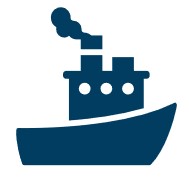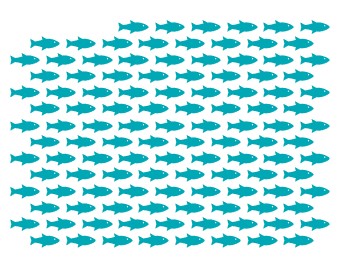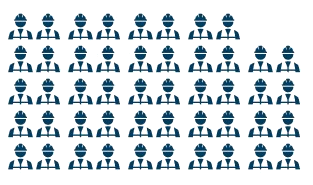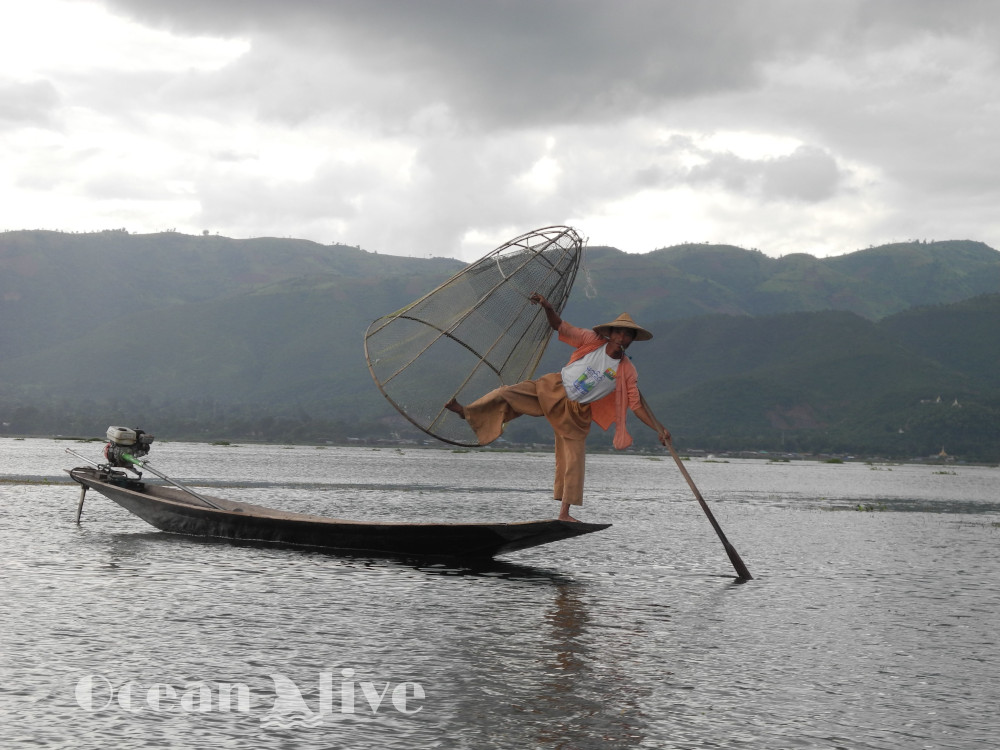Fishing Methods
Greed for profit causes great damage in the sea.
Industrial fishing

Super-Trawler with fish factory
120 – 144 m. Can be on the sea for several months.
Maximum catch per voyage
7 000 000 kg


Trawler with fish factory
70 – 90 m. Can be on the sea for 1 – 2 months.
Maximum catch per voyage
1 000 000 – 1 500 000 kg


Fishing ship
25 – 45 m. Can be on the sea for 1 – 4 weeks.
Maximum catch per voyage
60 000 kg
Employed: 500 000 People

Traditional fishing
Traditional fishing boat
7 – 10 m. Can be on the sea for 1 day.
Maximum catch per voyage
30 – 300 kg
Employed: 12 000 000 People


If you study the numbers above you will notice that traditional fishing is not the problem we are facing. So it is not the fish you are eating during your holidays, caught by the local fishermen that is especially harmful for the ocean. Most of the time you are even doing something good for the local community by supporting them.
The real problem are the large industrial fishing ships that stay on the oceans for several months to produce enough fish for our demand. Most of the fish products we find in the large supermarkets come from the large fishing trawlers that are fishing all over the world. It does not only have a bad impact on the marine ecology, the fish stocks, etc. but it also impacts whole societies in developing countries. In West Africa for example a lot of families fear for their existence. For years, they had a small but stable income by fishing in the ocean. But since the big fishing vessels catch off the coast large amount of fish, they hardly find enough to feed their own families.
Sources: EU (2016), Greenpeace (2014), Shipping Companies (2014)
Fishing methods
There are a few general problems regarding the common fishing methods. Learn more about them and also about a few of the most harmful ways to catch fish.
Bycatch
Fish or other marine species that is caught unintentionally. Bycatch is either of a different species or is undersized or juvenile individuals of the target species. Only a small part of the bycatch is used, most of it gets thrown over Board. When fishing for some species there are bycatch rates as high as 80%. There have been quite a few efforts to reduce bycatch. For example acoustic signalling devices or nets with escape hatches. However, these are not yet commonly used.
Estimated numbers per year:
Total: Between 6,8 – 27 million tons
- Albatrosses: 100.000
- Sharks and rays: 100.000.000
- Whales and Dolfines: 300.000
Source: Greenpeace
Destruction
One especially harmful way to catch fish is Bottom Trawling. As shown in the image on the right side, a net is pulled over the seafloor to stir up fish and other targeted animals. It is disrupting the sediments and imprinting deep scars on muddy bottoms. These long-lasting destructions are a major risk for the health of the sea beds. That’s the reason why some countries started to ban bottom trawling.

Source: Wikipedia – Bottom Trawling
Dimensions of fishing gear
Sometimes it is hard to imagine how large the used fishing gear is. Long lines for example can be over 100 km long and equipped with thousands of bait hooks. Modern Trawler are using sonar devices to locate schools of fish. So there is no chance to escape.
Source: ISSF (2017); Seafish (2015)
